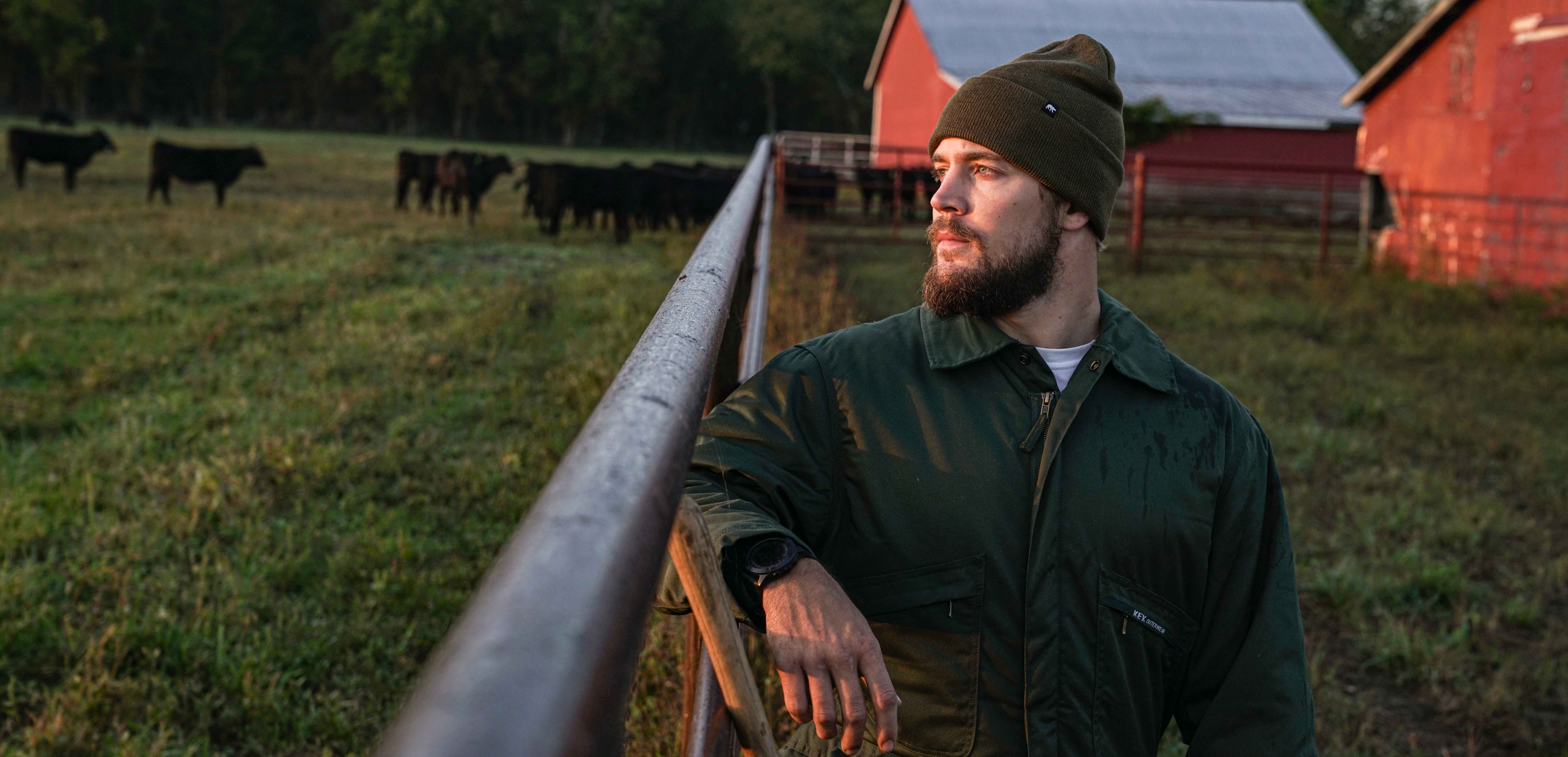Mar 23rd 2021
Thankfully, technical outdoor clothing has come a long way since the fur-clad days of our ancestors. When working outdoors through the colder season, it’s vital that you equip yourself with the right clothing and cold weather gear to prevent discomfort, injury, and potentially even hypothermia.
While the common adage is that we lose heat from our head and feet, scientific findings actually reveal that heat is lost through the three “-tions”: perspiration, respiration and evaporation.
When we work hard, we sweat hard and breathe hard, leading to wet clothing and ultimately adding evaporation into the mix, meaning up to 85% of body heat is being lost. In fact, back in 2016 the CDC found that cold conditions kill more Americans than hot conditions each year. Still think you can get away with working through the winter in that ragged old jacket?
Why wearing the right cold weather work gear is important
Aside from the obvious risk factor of discomfort and inability to focus when you’re cold, by not dressing appropriately, you’re also putting yourself at risk of hypothermia and other cold injury.
When working in sub-zero conditions, the body draws blood away from the extremities and uses any energy to protect your core. This means that the hands, feet, and any exposed areas will leave you vulnerable to frostbite and trench foot.
Of course, all of these risk factors can be minimized by simply selecting the right outdoor winter workwear.
What cold weather work gear will work for me?
When selecting your cold weather gear, it’s obviously important to protect the most vulnerable areas first. The best way to tackle this is to consider the different parts of the body and what exactly you should be looking for when it comes to quality outdoor winter workwear.
Protecting your eyes in cold conditions
Although this might not be the first thing to come to mind, photokeratitis is a common and painful condition that affects a lot of outdoor workers each year. This condition includes “snow blindness”, and does to eyes what sunburn does to the skin, causing pain, redness, grittiness, swelling and headaches. It’s important to remember that photokeratitis isn’t reserved for those just working in snowy conditions, but those around any highly-reflective surface such as water, sand, and even bright lights.
The best way to prevent this is by wearing eye protection such as sunglasses with a high UV block, snow goggles designed to block UV rays or a welding helmet if working with bright lights indoors.
Preventing frostbite to your ears and face
Your face is one of the areas that is more likely to feel a change in temperature, which is why you might often experience a cold nose along with the tips of your ears. Known as the “extremities”, your nose, lips, and ears (along with your feet and hands) are much more likely to be affected by frostbite.
The best way to combat this head on is by wearing a warm, knitted beanie hat along with a balaclava or buff to protect the lower parts of your face.

Keeping your hands and feet warm and safe in cold weather
When it comes to protecting your hands, it’s important to distinguish between all-season gloves and those actually built for extreme conditions. Good-quality winter workwear gloves will have insulation and waterproofing, and will allow you to use any mobile devices without the need to remove the glove and risk exposure to the elements.
Quality boots are an obvious no-brainer, with ice traction and insulation being some of the key features to consider depending on your exact terrain and work environment.
Controlling core body temperature in extreme conditions
Of course, it’s not just about the accessories when it comes to keeping yourself comfortable and protected in extreme outdoor conditions. The tried, tested, and trusted choice for many workers is to opt for an insulated bib overall that prevents any unwanted exposure of the lower back or stomach, particularly when moving around or lifting.
Another essential item you’ll want in your winter workwear wardrobe is a high-quality, fleece-lined, hooded jacket that helps keep the cold out. The benefits of adding this staple to your outerwear include a full range of movement thanks to a gusseted bi-swing back, interior pockets for the safe stowage of your possessions, and of course the classic duck color allowing it to be worn for both work and play.
The holy grail for many outdoor workers is the classic pullover hoodie. While not designed for adverse, extreme conditions, it can make a great layer underneath your outerwear. Always be sure to check for fleece lining to ensure optimum warmth.